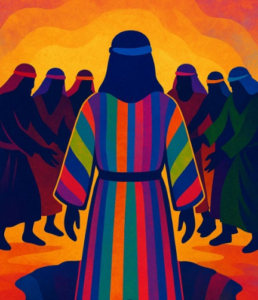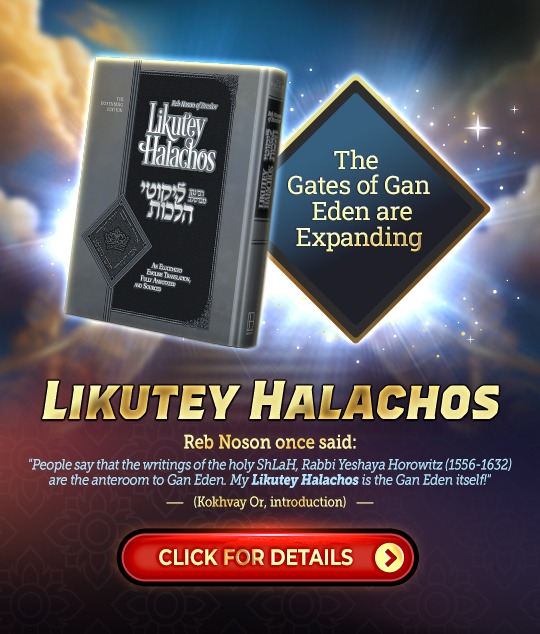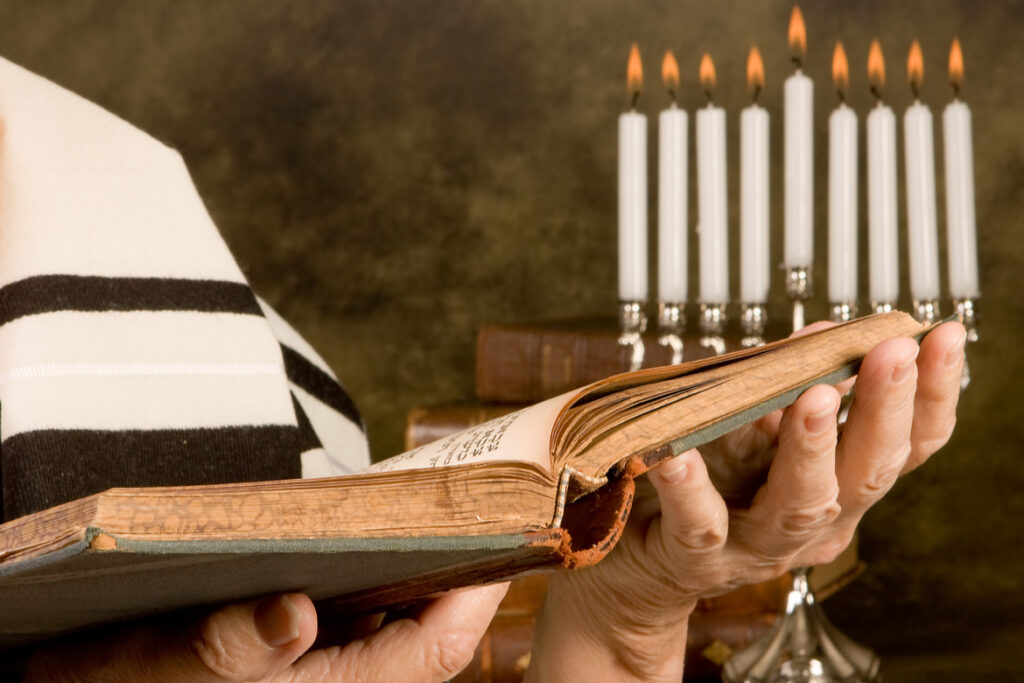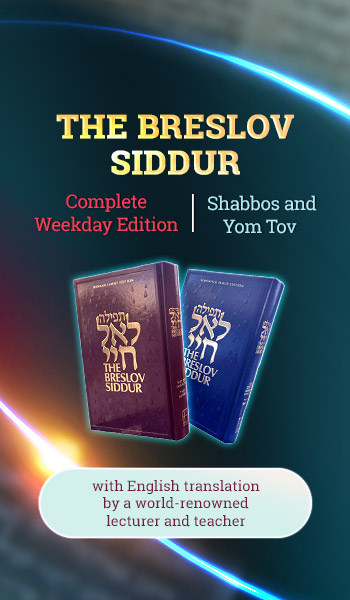TRANSPARENT
As longtime readers of Pathways know, for Parashat Tetzaveh, in which Moshe Rabbeinu’s name does not appear even once, we often write about the concept of tzaddik. We’re doing it again this year!
I’m often asked, “What does it mean to be m’kushar (attached) to the tzaddik?” For those yet unfamiliar with this idea, allow me to explain. In a number of lessons in Likutey Moharan and in Sichot HaRan, Rebbe Nachman teaches that prior to beginning one’s tefilah (prayer), a person should say, “Hareinee m’kasher atzmi l’khol ha-tzaddikim ha-amitiyim sh’b’dor—I am attaching myself to all the genuine tzaddikim of the generation.” First of all, this does not mean one is praying to a human being, God forbid. We Jews pray to God and only to God. What this attachment means, in part, is that we want our tefilah to ride on the tails of the tzaddik’s prayer. However well we pray, however much of a hearing our tefilah may get, it’s better received when it’s part and parcel of the tzaddik’s prayer.
Not only that. Each prayer is much more than its own particular self. It is also a part of the structure of tefilah that we Jews have been building for thousands of years. The name of this structure is “Mishkan.” The materials in the Mishkan (Tabernacle) had to first be given to Moshe Rabbeinu in order to be used, because he was the one who built it. Similarly, for a tefilah to be included in “Mishkan,” one must give it to the builder—i.e., the tzaddik. Rebbe Nachman is not the first to make use of this concept.
In his commentary on the siddur (on the l’shem yichud for talit), Reb Yaakov Emden writes that doing a mitzvah b’shem kol Yisrael (in the name of allIsrael), is quite important. Why? Because tzaddikim do mitzvahs better than we, and by attaching our doing to their doing, our mitzvahs are more perfect.
This is some of what being m’kushar can do. But what is it, or how does one be m’kushar? Rebbe Nachman answers the question in Likutey Moharan. The attachment, affiliation and bond meant by being m’kushar to the tzaddik is being in love with the tzaddik. How
much in love? So much so that your soul is bound in the tzaddik’s, and you love him as much as you love yourself (cf. Genesis 44:30). What indicates the degree of love? The degree and extent to which one submits to the standards that the tzaddik sets.
To say or proclaim that one loves the tzaddik and then turn around and do whatever one wishes is fantasy at best and hypocrisy at worst. Loving someone means taking his ratzon (desire) seriously and trying to abide by it. In the case of loving the tzaddik, there is the additional element of being the inferior in the relationship: I should abide by his standards because I want to do what he wants to do, and also because he knows better.
Paradoxically, this submission and attachment does not strip a person of his identity. It actually frees the person to be who he is meant to be. The tzaddik is not looking to clone himself thousands of times over. He is seeking to help each person become unshackled from the bonds of misguided thinking and from the attachment to momentary pleasures. Attachment to the tzaddik is detachment from what keeps you from becoming the Jew you are meant to become.
The tzaddik’s intent in teaching us how to be Jews is not for his sake, God forbid. It is solely for God’s honor. The more we accept the tzaddik’s teachings and apply them, the more our thinking and behavior give God honor. The better we become at integrating the tzaddik’s teachings into our lives, the more invisible he becomes until finally he is transparent. He is there healing and inspiring, teaching and guiding, but not there, because God and God’s honor are his sole focus.
- 2 comments























2 Responses
Did Chana connect to a Tzaddik in her prayers for a child?
Thanks!
As a neviah (prophetess) she was mekusheres (attached) to Avi kol haneviim (the father of all prophets), Moshe Rabeinu. And that is the ikkar hiskashrus (essential/primary attachment) to tzadikim as we see in Torah Beis (Lesson #2 of “Likutey Moharan”) Vayokem Moshe es hamishkan.